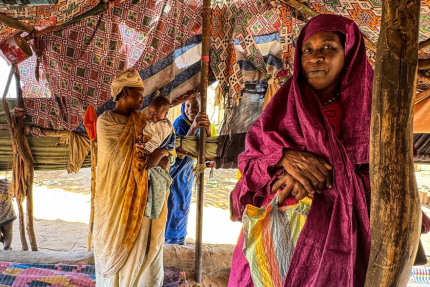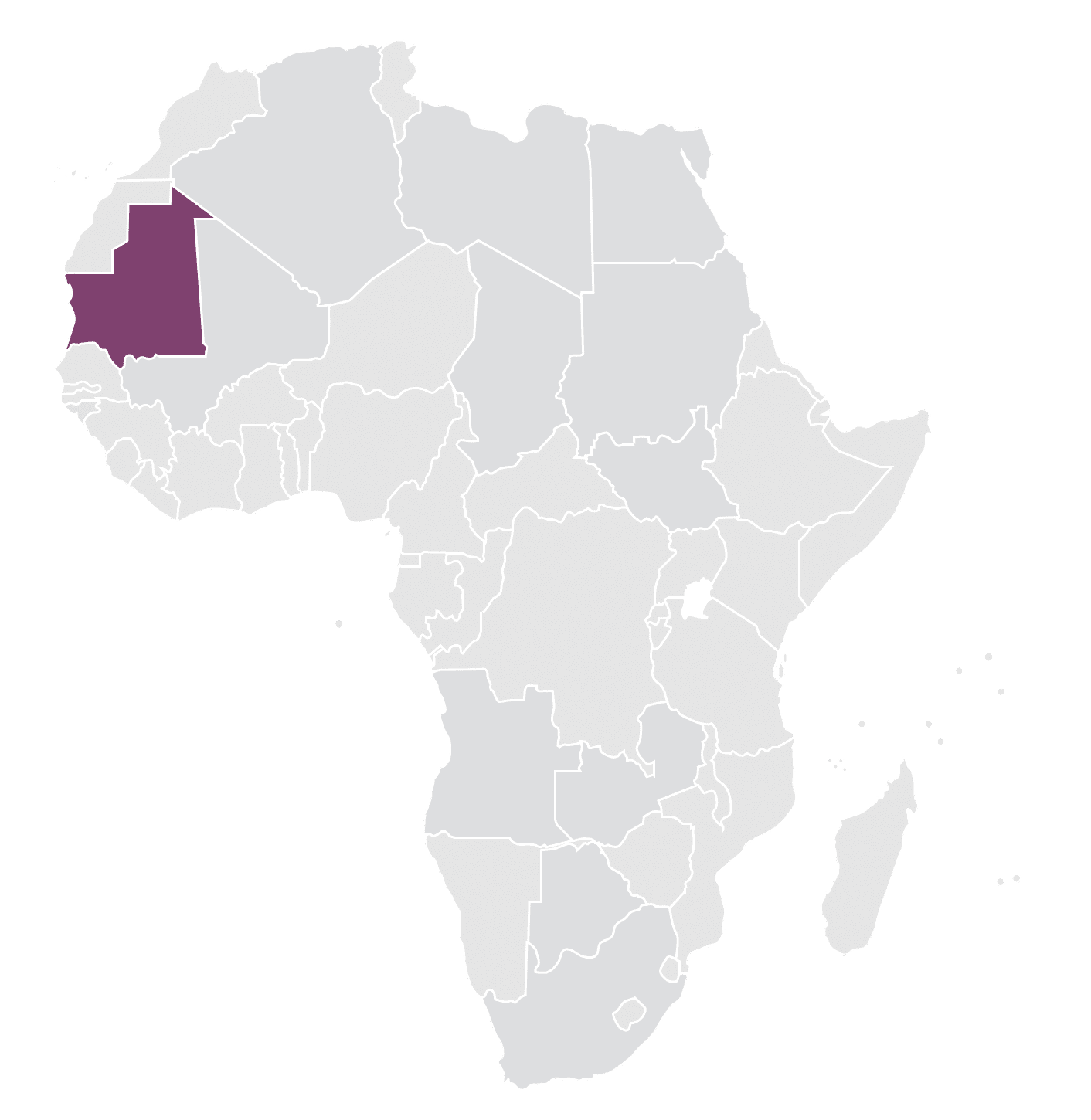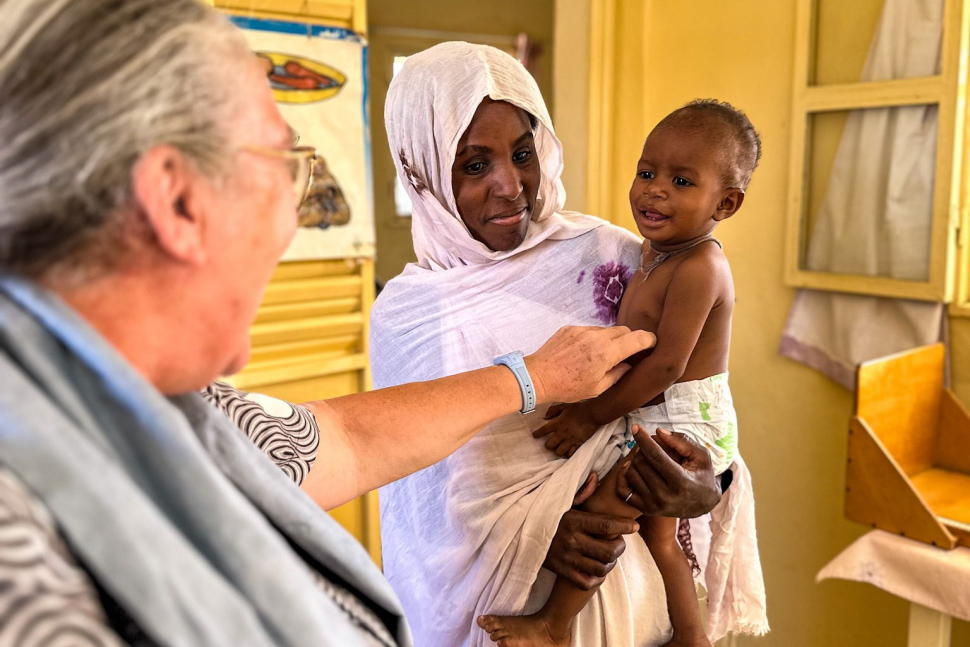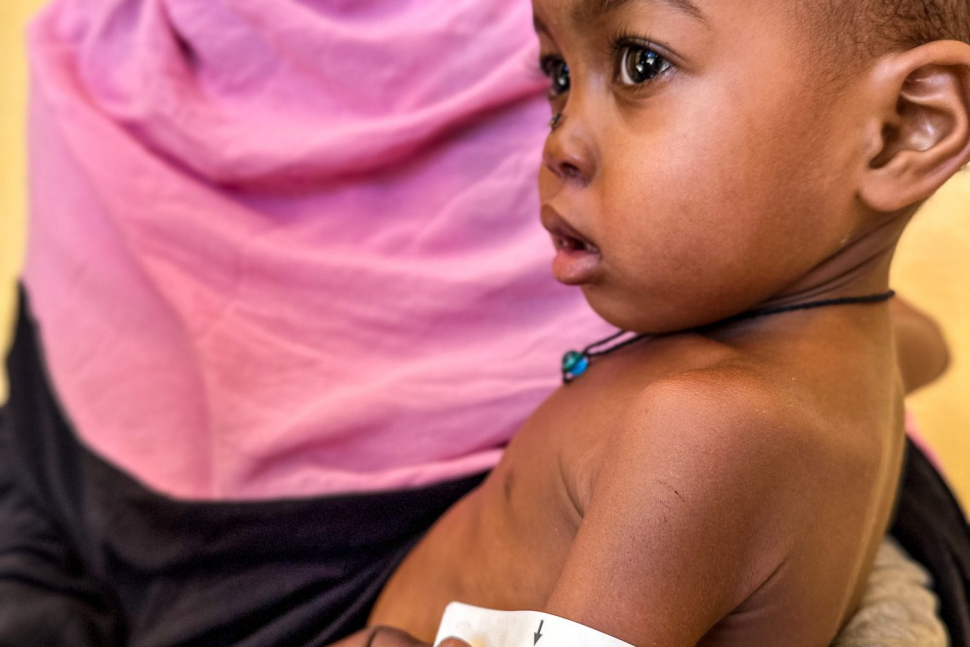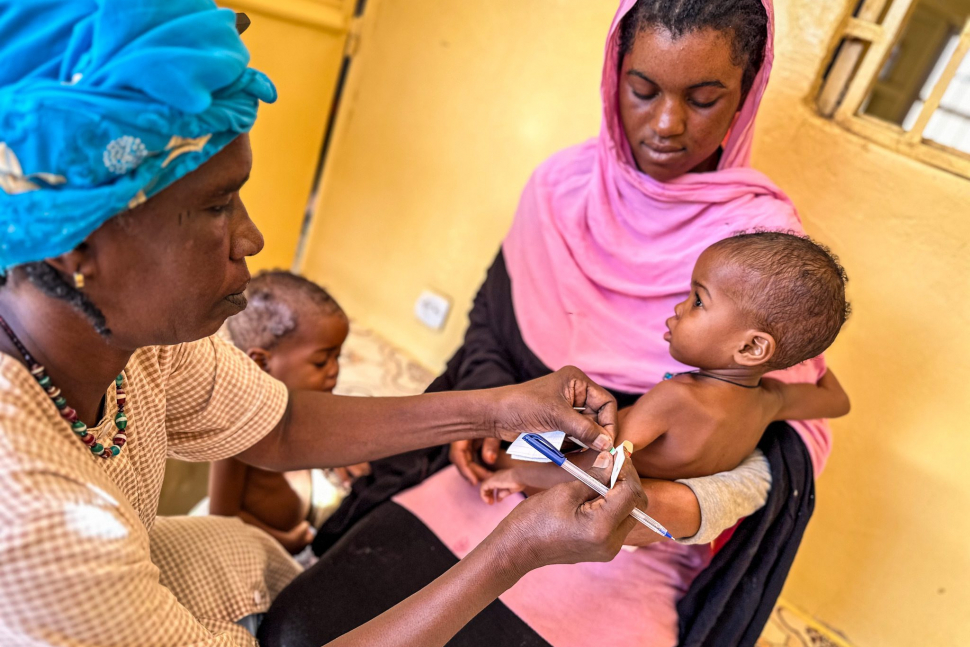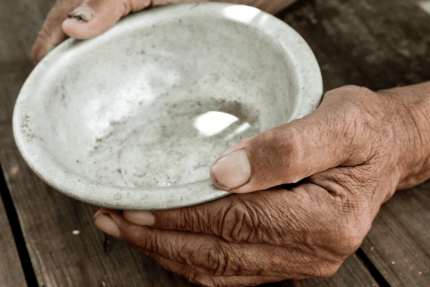“People are ashamed of poverty. Not so long ago they were doing well, there were crops and they had something to eat. Today, they put a pot of water on the fire in front of the house, afraid that someone might think they do not have enough. Everyone thinks they are cooking and eating like they used to,” says Dr Youba from Kaedi Hospital.
The problem starts when hunger becomes illness. That’s when they ask for help at the nutrition centre.
We are in Mauritania because this is where people are paying the highest price for climate change. The rainy season, which should currently be coming to an end, has not really been here at all. It has rained a few times, onto the red-hot earth. In April, May and June, temperatures here reach almost fifty degrees.
Paradoxically, the problem of malnutrition increases in this area during the rainy rather than the dry season. Usually, famine is associated with a lack of water. The problem therefore erupts at the end of the dry season. The fields have not yet been sown and the granaries are already almost empty. Here it is different, because nothing is sown here anymore anyway. Nothing grows in the sand. Food is brought in from the capital. However, even a single, short rainfall can ruin the sandy, precarious roads. Inaccessible to life-saving trucks, the surrounding villages and towns now struggle to survive.
Many people have had enough. They leave everything behind and emigrate to Europe.. Where else to go? For others, such a difficult and risky decision does not even cross their minds.
We are doing all we can to ensure that hunger does not deal the cards. Nor does it drive people out of their homes or force them to flee into the unknown. Fund a therapeutic meal for a child with malnutrition. Save a toddler, embrace a mother and tell them you don’t accept their suffering and tears.
